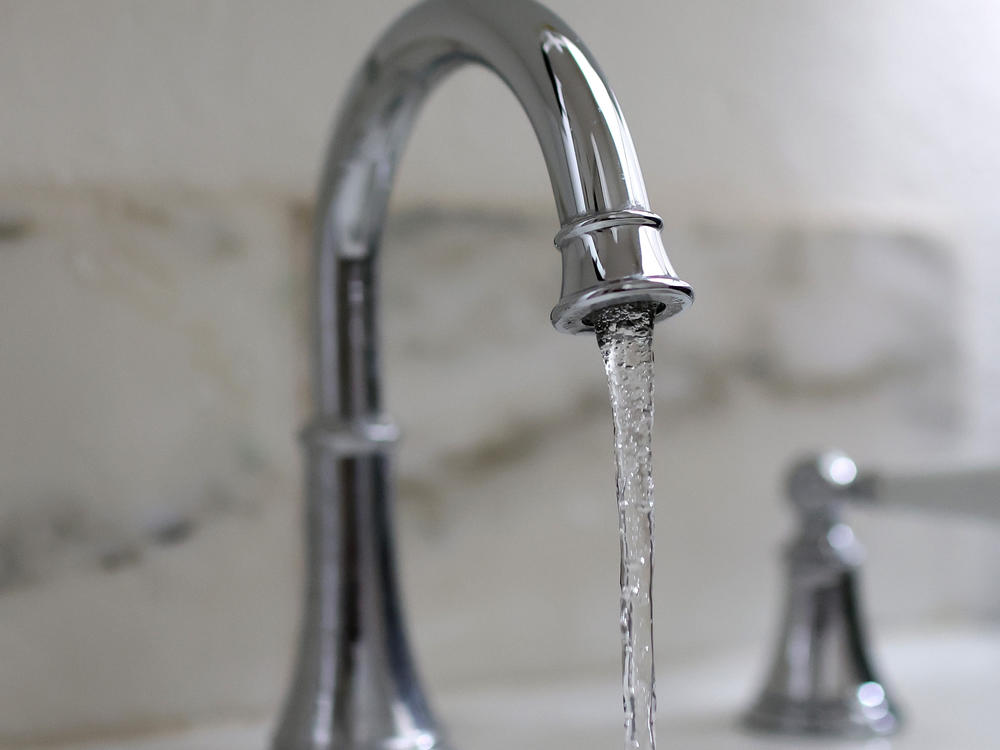Section Branding
Header Content
What to know about the new EPA rule limiting 'forever chemicals' in tap water
Primary Content
Wednesday the Environmental Protection Agency announced new drinking water standards to limit people's exposure to some PFAS chemicals.
For decades, PFAS have been used to waterproof and stain-proof a variety of consumer products. These "forever chemicals" in a host of products — everything from raincoats and the Teflon of nonstick pans to makeup to furniture and firefighting foam. Because PFAS take a very long time to break down, they can accumulate in humans and the environment.
Now, a growing body of research is linking them to human health problems like serious illness, some cancers, lower fertility and liver damage.
Science correspondent Pien Huang joins the show today to talk through this new EPA rule — what the threshold for safe levels of PFAS in tap water is, why the rule is happening now and how the federal standards will be implemented.
Listen to Short Wave on Spotify, Apple Podcasts and Google Podcasts.
Listen to every episode of Short Wave sponsor-free and support our work at NPR by signing up for Short Wave+ at plus.npr.org/shortwave.
This episode was produced by Berly McCoy. It was edited by Rebecca Ramirez and Scott Hensley. Rebecca, Berly and Pien Huang checked the facts.

